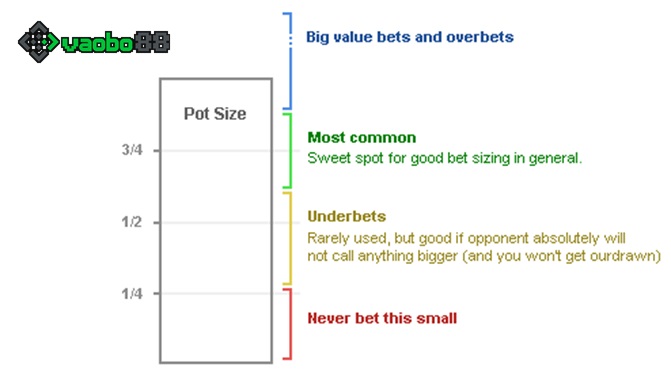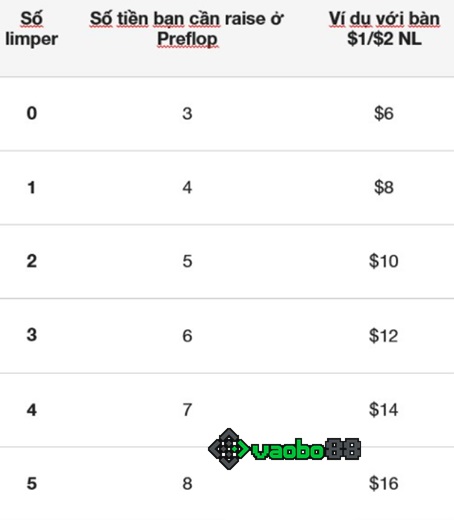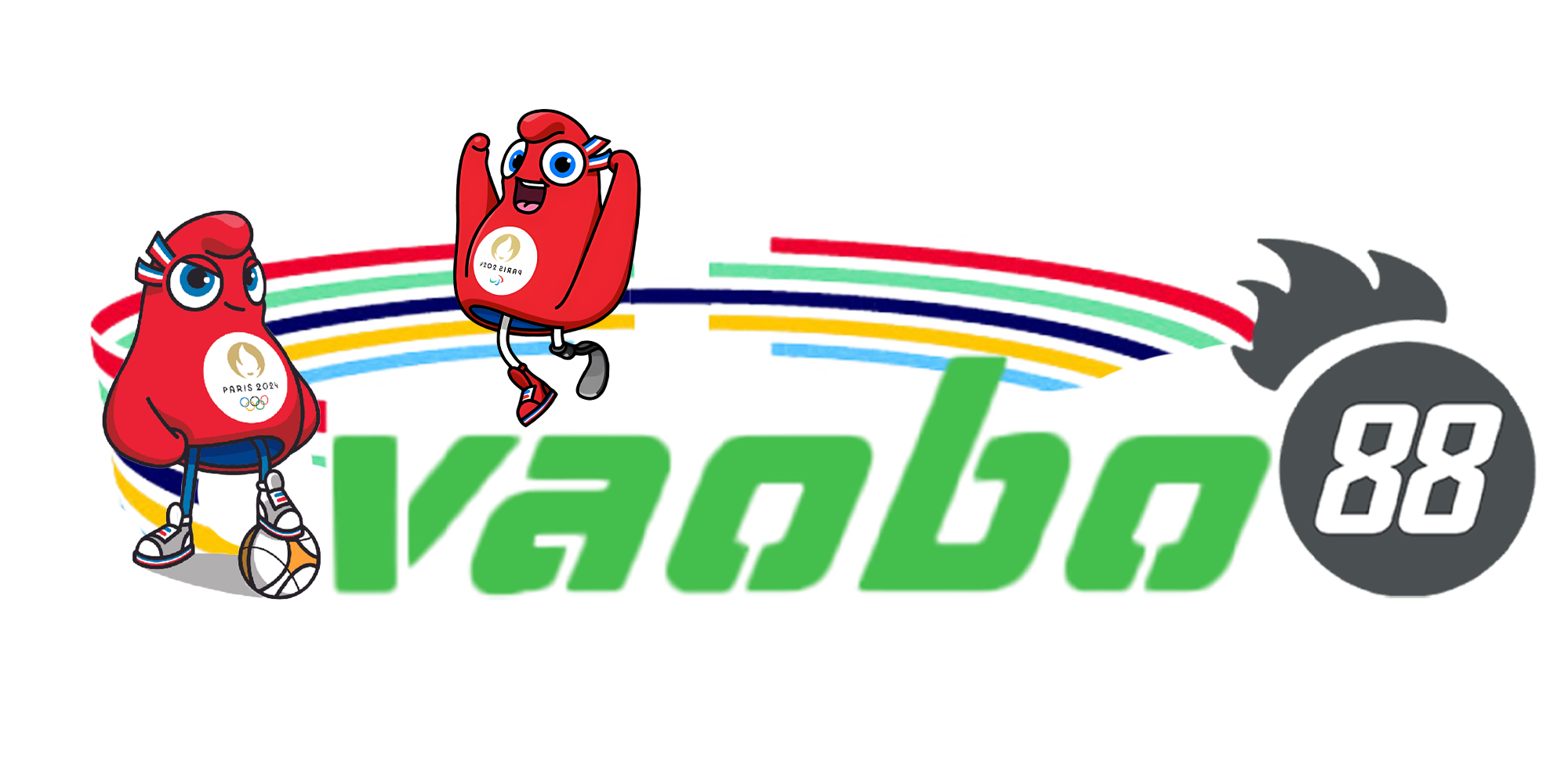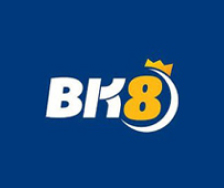Choosing Bet Size in Poker is a relatively basic term that reflects the amount of capital that players use when participating in matches.
Depending on financial capability, the required stack of the game, and the actions of other players, you need to adjust your capital accordingly.
However, there are up to 8 betting principles to remember in order to play Texas Hold’em more effectively with a bet amount just enough to make opponents lose their bets.
What is Bet Size in Poker?
First, you need to understand what Poker size is and what its characteristics are in the betting rounds of Poker?
a. What is Poker Pot Size?
Pot size is a poker term that refers to the size of the prize that players can receive when participating in poker games at casinos or online bookmakers.
In which the pot does not come from the house but is made up of the bets of each player used in the rounds combined.
So the more you and other players bet, the larger the pot becomes, and vice versa.
However, betting a lot of money does not always benefit the player, as the probability of winning is also affected by other factors.

To help you play more effectively, here are a few rules for choosing the right bet:
- Absolutely do not bet less than ¼ pot.
- The effective betting range for players is from ¼ pot to under 5/8 pot when you are sure your opponent will only call.
- Finally, the recommended betting range is from 5/8 to 7/8 pot.
b. Bet Size at Preflop
For players wondering how to act at preflop, here are detailed guidelines:
You need to raise 3 times the BB and add 1 BB each time someone calls.

If you decide to bet more money at preflop, then around 3 to 4 times the BB is reasonable.
Note: When there are too many players calling in front of you, you should bet an additional 4 to 4 times the BB compared to the previous mark to prevent calling for good odds.
c. Bet Size at Flop
Regarding how much to bet for the flop round, you need to pay attention to the following situations:
- Bet pot: When the stack is deep and the flop is wet, and you have a hand but still want the opponent to draw at a high price.
- Bet ⅔ to ¾ pot: When you want to value bet to lure more players into the cbet, increasing the size of the pot to keep the board not too dry.
- Bet ½ pot: With a deep stack and a dry flop, betting 1/2 pot is a great suggestion. This is because there are few drawing hands, so half a pot is enough to eliminate weak opponents.
- Bet less than ½ pot: There are quite a few reasons to choose this method, prominently to control the pot so it doesn’t get too large; additionally, this is also a good way for players to extract information about their opponents’ hands.
#8 Rules for Choosing Bet Size in Poker
To not keep you waiting long, here are 8 rules for choosing the right bet size in Poker that are spot on:
1. Increase bet size when weak players are in SB, BB
To extract value from players with weaker hands than yours, you just need to increase the pot size right from the start.
Especially in situations where both SB and BB have no experience and call every raise from players with better hands.
For example, if SB and BB call 2.5 BB, you only need to raise to 3.5 BB to add more chips to the pot for yourself.
2. The less position you have, the larger the 3-bet in Preflop
If an opponent has open-raised and you have a low position or no position at all, then betting 3 or 4 times is reasonable.
Although the decision on bet size depends quite a lot on other factors such as whether the player has a good hand or the money in the pot, this is a special case to adjust the 3-bet size.
If someone is ready to call your bet before you act, then the amount you need to put in should be even larger.
This is because when you have no position, the opponent can very likely realize their equity, and of course, to put pressure on them, you must 3-bet big immediately.
3. Dry board means small bet
Betting on the flop to turn gives you the opportunity to deny the opponent’s equity whenever they decide to fold is a secondary reason after the goal of extracting value.
Accordingly, you are the one who reduces the opponent’s chance of winning the pot by forcing them to fold due to the bet being too large.
Sometimes, denying equity, players can still use a small size to apply pressure instead of betting too large if the board is dry.
This is affirmed because usually, the opponent’s hands are quite few or even have no equity at all.
Another reason for you to choose this method is that a dry board means the opponent’s call range does not change, making them willing to fold at any time when they feel pressure, whether large or small.

To make it easier to understand, I will share a specific example:
- Cash game with 5 players, stack 100BB
- All players fold to Hero in CO who bets 2.5 BB => Continues to fold to BB who calls.
- Flop shows A♦ 8♠ 3♣
- BB only checks => You bet 1.8 BB => The player in the BB position will fold immediately.
4. Wet wide board means large bet
In contrast to the above case, when your value range is at risk of being overturned by the opponent, a large emergency bet will have a very strong effect.
There are 3 major benefits when applying this technique:
- The larger the bet size, the bigger the pot, creating opportunities for players with strong hands.
- A large bet size also ensures better value extraction before moving to the turn or river.
- The larger the bet, the more fold equity is created, making the bluffing process successful.
Learn more about What is Stud Poker? A guide to playing an exciting variant of traditional Poker.
5. Adjust bet according to Spr
Spr is understood as the ratio reflecting the relationship between risk and reward that you can obtain.
Thus, this truly becomes the most important factor whenever players need to adjust their bet size for the first round.
When starting out, you need to calculate the size of the pot to build a suitable strategy for yourself in the following rounds.
However, players who bet large on the flop or turn may not have enough chips to continue playing on the river, making the bluff ineffective.
6. Overbet when you have the nut
In cases where players are lucky enough to have the nut, overbetting will maximize its effectiveness in the betting rounds where you have a range advantage over your opponent.
Note: Only nut hands or bluffs are polarized enough for players to confidently make an overbet.
If your hand blocks your opponent’s potential hands, then making a large bet will be even more effective.
For example, having a nut flush blocker on a board with 3 cards A♦ K♠, on the board Q♦ 8♦ 2♣ 6♦ 3♠.
7. Bet large when playing double barrel
When reaching the turn, players need to pay special attention to the phenomenon of polarization, as you will often wait for value bet combinations on the river.
In fact, the hands you have may even become the best hand on the river if you are lucky enough.
Conversely, in a less favorable situation, what if you only have a small betting range with an average hand?
The advice for beginners is to check and let your opponent act first before deciding on the next step.
In the next situation, when players have a polarized bet, the larger the bet size, the more effective the value will be.
Gradually increasing the frequency of bluffing your opponent will make them more anxious and cautious against your unpredictable play style.
Here are some Da Nang Poker Clubs for you to join and experience.
8. If you 3-bet, then c-bet should be small
Finally, when you 3-bet, your SPR will be relatively low. Thus, you can bet all your chips on the river even if the previous c-bet was not high.
Additionally, this is also the bet size favored by solvers when you do not have a position or have a low position.
Conclusion
Choosing Poker bet size changes a lot depending on your strategy as well as how your opponents participate in that betting round.
To reduce risk while still ensuring a winning opportunity with a huge reward, players should absolutely not be complacent and need to remember the types of bets in Poker.








